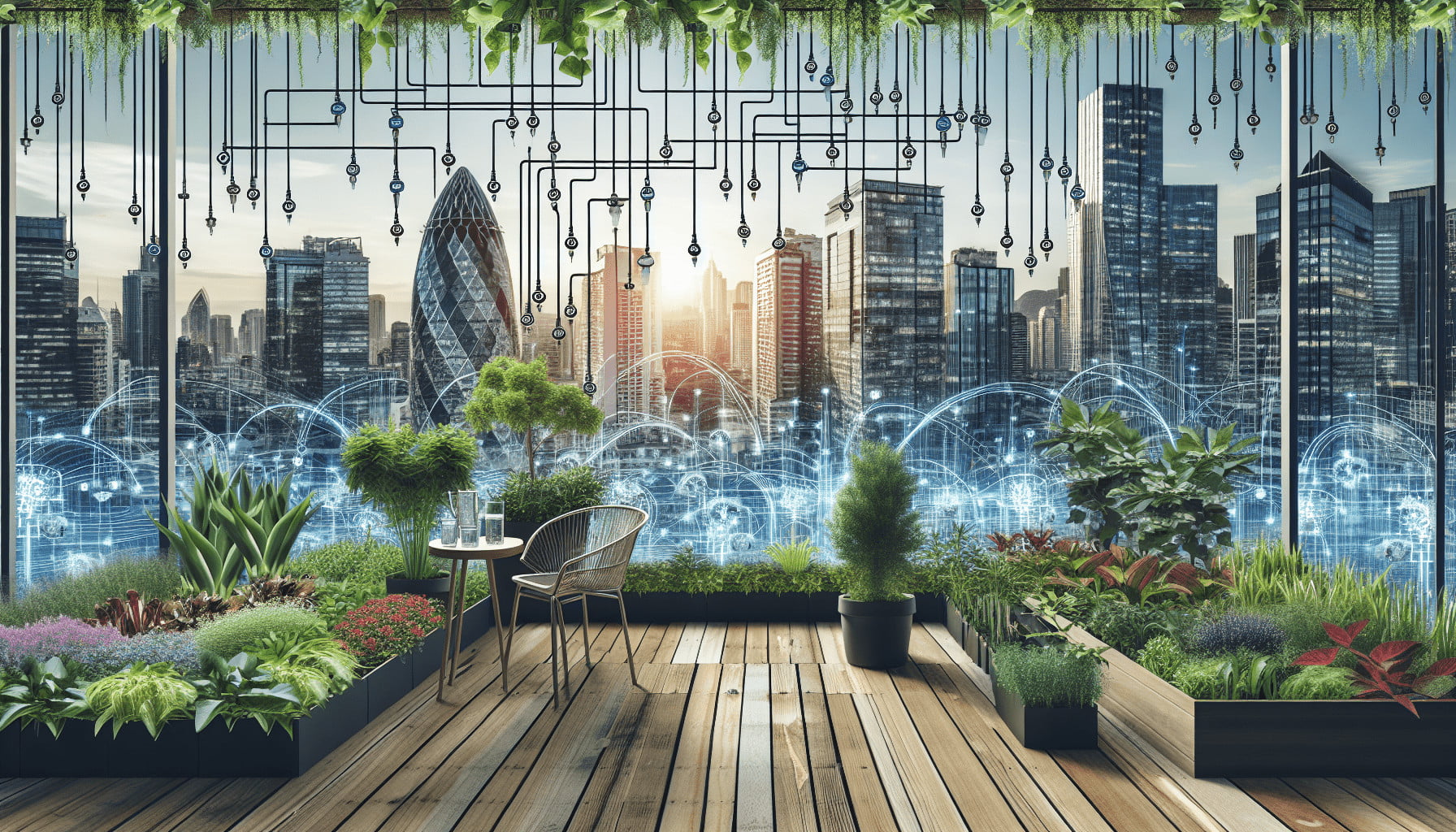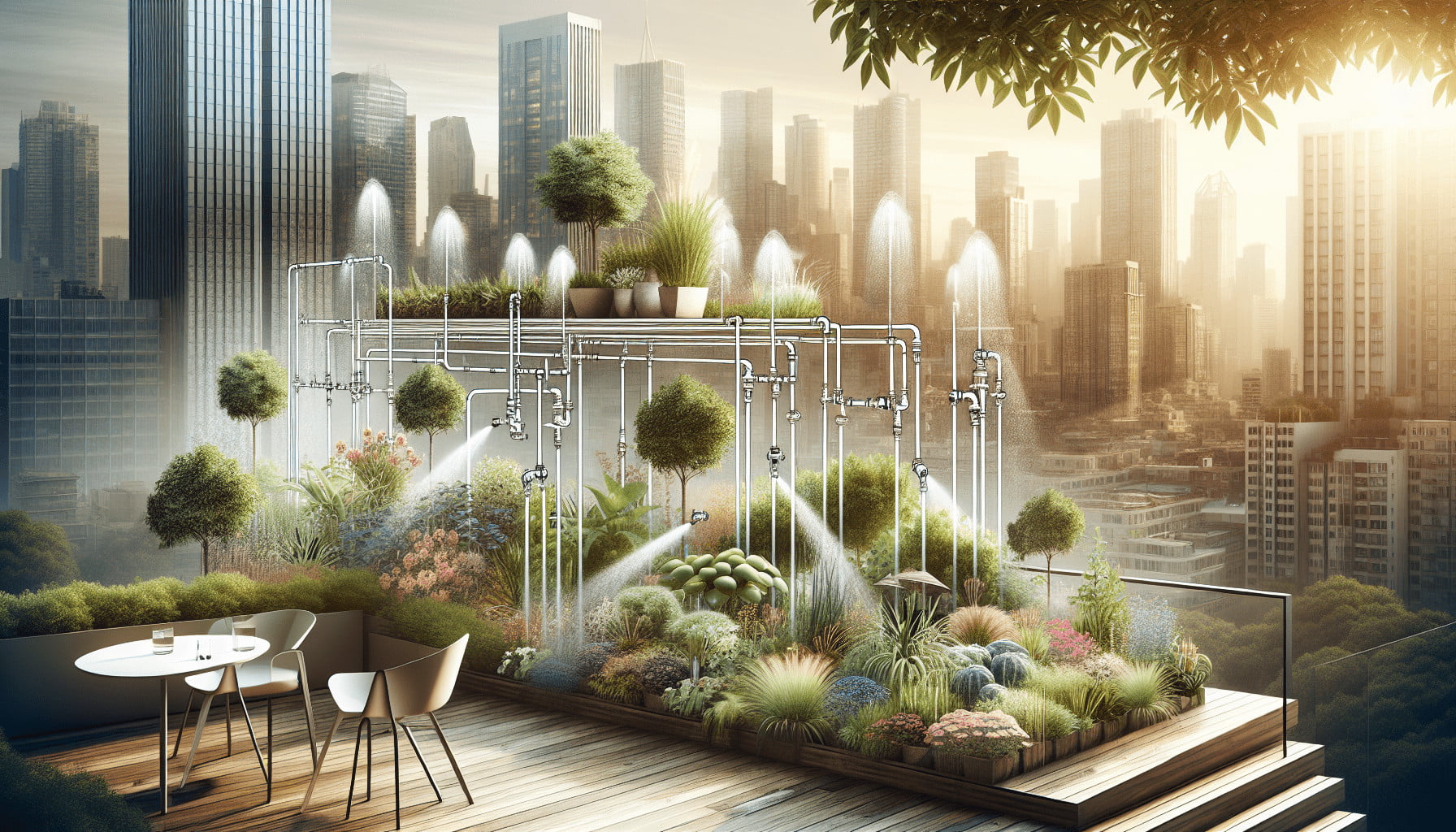How To Choose The Best Drip Irrigation System For Urban Gardening
Have you ever wondered how to keep your urban garden flourishing without spending hours watering each plant by hand? If you’re living in a city and striving to maintain your garden, you know the unique challenges it brings. One effective solution that many urban gardeners turn to is a drip irrigation system. But with so many options available, how do you decide which one is right for you?
Understanding Drip Irrigation
Drip irrigation, also known as trickle irrigation, delivers water directly to the plant’s root zone at a slow, steady pace. This method minimizes water wastage, reduces weed growth, and ensures your plants get the precise amount of water they need to thrive.
Benefits of Drip Irrigation
Choosing a drip irrigation system for your urban garden comes with several benefits:
- Water Efficiency: Only the necessary amount of water reaches your plants.
- Weed Reduction: Since water is delivered directly to your plants, weeds don’t receive water.
- Fewer Plant Diseases: Watering at the root level keeps foliage dry, reducing the risk of fungal diseases.
- Cost-Effective: Reduced water usage translates to lower water bills.
Considerations Before Buying
Before purchasing a drip irrigation system, it’s essential to consider your specific needs and circumstances. Here are some factors you should keep in mind:
Garden Size and Layout
Determine the size and layout of your garden. Small balcony gardens will have different irrigation requirements compared to larger rooftop or backyard gardens. Measure the areas requiring irrigation to get a better idea of the system size that suits you best.
Water Source
Identify where your water will come from. Whether it’s a garden hose, a rain barrel, or an indoor faucet, knowing your water source helps in choosing compatible components and systems.
Type of Plants
Different plants have varied water requirements. Vegetables, flowers, and shrubs each need specific amounts of water. Understanding these needs will help you tailor the irrigation system accordingly.
Budget
Drip irrigation systems come in a wide range of prices. Establishing a budget beforehand will help narrow down your choices without compromising on essential features.
DIY vs. Professional Installation
Consider whether you’re comfortable setting up the system yourself or if you need professional help. DIY kits are more affordable but may require a bit of technical know-how. Professional installation ensures everything is set up correctly but at a higher cost.

Types of Drip Irrigation Systems
There are several types of drip irrigation systems to choose from. Each type has its strengths and is suitable for different gardening needs.
Soaker Hoses
Soaker hoses are perforated hoses that release water slowly along their length. They’re excellent for garden beds and borders where plants are closely spaced.
Pros:
- Easy to install
- Affordable
- Ideal for linear plantings
Cons:
- Can clog over time
- Uniform water distribution can be challenging
Drip Lines
Drip lines are hoses with built-in emitters installed along their length. These emitters release water at pre-set intervals, making them suitable for more extensive and varied planting areas.
Pros:
- Even water distribution
- Suitable for various planting layouts
- Less prone to clogging
Cons:
- More expensive than soaker hoses
- Requires thoughtful planning and installation
Micro-Drip Systems
Micro-drip systems consist of a network of tubes, connectors, and emitters. This system offers high precision by delivering water directly to individual plants.
Pros:
- Highly customizable
- Efficient water usage
- Ideal for container plants and diverse garden setups
Cons:
- Requires more time to install
- Higher initial cost
Adjustable Emitters
Adjustable emitters can be manually set to different flow rates, allowing you to tailor water delivery to each plant’s requirements. They’re great for gardens with a variety of plant types.
Pros:
- Customizable water delivery
- Can cater to varied plant needs in one system
Cons:
- Can be more expensive
- Requires regular adjustments
Key Components of a Drip Irrigation System
Knowing the key components of a drip irrigation system will help you make informed decisions and design a plan that meets your garden’s needs.
| Component | Description |
|---|---|
| Mainline Tubing | The primary hose that supplies water to the rest of the system. |
| Emitters | Devices that control the water flow to individual plants. |
| Filters | Prevent debris from clogging the emitters and tubes. |
| Pressure Regulators | Manage water pressure to ensure even distribution. |
| Connectors and Fittings | Connect different parts of the system together. |
| Timers | Automate watering schedules to save time and ensure consistency. |
Mainline Tubing
Mainline tubing is the backbone of your drip irrigation system. It carries water from the source to various parts of your garden. Choose durable, UV-resistant tubing that can withstand prolonged exposure to the sun.
Emitters
Emitters are the components that release water to your plants. They come in various forms, such as drippers, bubblers, and micro-sprayers. Consider the water requirements of your plants when selecting emitters.
Filters
Filters are crucial in preventing clogs that can disrupt water flow. Install filters at the water source to minimize debris entering your system.
Pressure Regulators
Pressure regulators ensure that water is evenly distributed throughout the system. They prevent high water pressure from damaging your tubing and emitters.
Connectors and Fittings
Connectors and fittings allow you to join different tubing sections and attach emitters. They come in various shapes and sizes, including tees, elbows, and couplings, allowing flexible system design.
Timers
Timers automate your irrigation schedule, ensuring your plants are consistently watered. They can be set to water at specific times and durations, making your gardening routine more efficient.

Installation Steps
Installing a drip irrigation system may seem daunting, but breaking it down into simple steps can make the process manageable.
Step 1: Plan Your Layout
Sketch your garden layout, noting where your plants are located and where you’ll place the mainline tubing and emitters. This plan will guide you during installation and help you purchase the right components.
Step 2: Gather Supplies
Based on your plan, purchase the necessary supplies, including tubing, emitters, filters, pressure regulators, connectors, and a timer. Having everything on hand will streamline the installation process.
Step 3: Install the Mainline Tubing
Lay out the mainline tubing along your planned route. Use stakes to secure it in place. Ensure it’s positioned to reach all areas needing irrigation.
Step 4: Attach Connectors and Fittings
Attach connectors and fittings as needed to direct the tubing to various parts of your garden. Use elbows for corners and tees for branching sections. Secure the connections to prevent leaks.
Step 5: Add Emitters
Attach emitters to the tubing at the locations of your plants. Ensure they’re positioned correctly to direct water to the root zones. Test each emitter to confirm it’s functioning properly.
Step 6: Install Filters and Pressure Regulators
Install filters and pressure regulators at the water source to ensure clean, evenly distributed water flows through your system. These components play a crucial role in maintaining system efficiency.
Step 7: Set Up the Timer
Connect the timer to your water source and program it according to your desired watering schedule. Ensure it’s set to water your plants at optimal times, such as early morning or late evening.
Step 8: Test the System
Turn on the system and check for leaks, uneven water distribution, or clogged emitters. Make necessary adjustments to ensure everything operates smoothly.
Maintenance Tips
Proper maintenance extends the lifespan of your drip irrigation system and ensures it continues working effectively.
Regular Inspections
Perform regular inspections of your system, checking for leaks, clogs, and damaged components. Early detection of issues prevents more significant problems down the line.
Clean Filters
Clean filters periodically to prevent debris buildup, which can cause clogs. Refer to the manufacturer’s instructions for proper cleaning procedures.
Flush the System
Flush the system at least once a season to remove any sediment or mineral deposits that may have accumulated in the tubing.
Winter Preparation
If you live in an area with freezing temperatures, drain and store your system during the winter to prevent damage from ice expansion.
Replace Damaged Parts
Replace any damaged tubing, emitters, or fittings promptly to maintain system efficiency. Keep spare parts on hand for quick repairs.
FAQs About Drip Irrigation Systems
How much water does a drip irrigation system save compared to traditional watering methods?
Drip irrigation systems can save up to 50% more water than traditional methods, thanks to their targeted delivery and reduced evaporation rates.
Can I use a drip irrigation system in a container garden?
Yes, drip irrigation systems are ideal for container gardens. Micro-drip systems and adjustable emitters work well to provide precise water delivery to individual pots.
What is the best time of day to run my drip irrigation system?
Early morning or late evening is the best time to run your drip irrigation system. This timing reduces water evaporation and ensures your plants absorb the maximum amount of moisture.
How do I prevent clogging in my drip irrigation system?
To prevent clogging, install filters at your water source, regularly clean your system, and flush it periodically to remove debris and mineral deposits.
Can I expand my drip irrigation system if my garden grows?
Yes, most drip irrigation systems are expandable. You can add more tubing, emitters, and connectors to accommodate new plants and garden areas as needed.
Is it necessary to install a timer for my drip irrigation system?
While not essential, a timer is highly recommended for consistency and convenience. It automates your watering routine, ensuring your plants receive regular hydration without manual intervention.
Conclusion
Selecting the best drip irrigation system for your urban garden can transform your gardening experience, making it more efficient and enjoyable. Understanding your garden’s unique needs, choosing the right type of system, and properly installing and maintaining it can lead to lush, healthy plants with minimal effort. Take the time to evaluate your options and invest in a system that will help your urban garden thrive.
